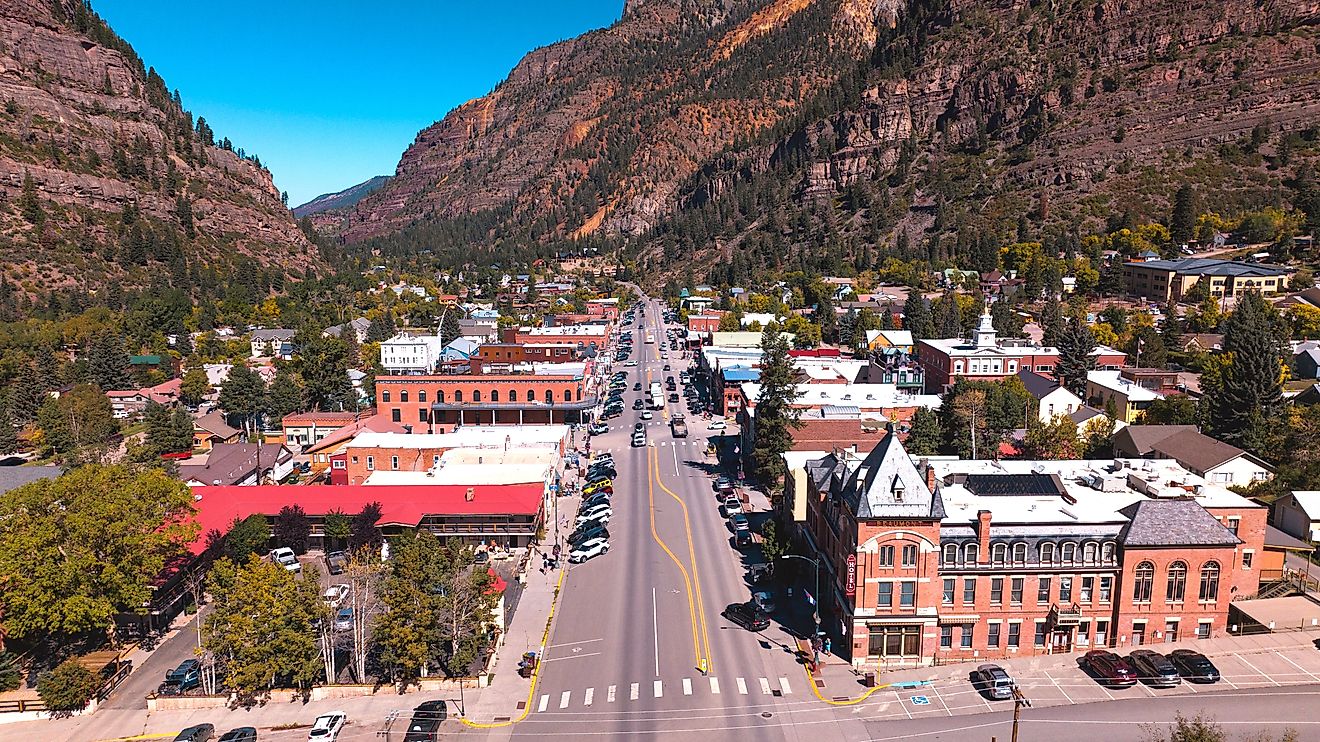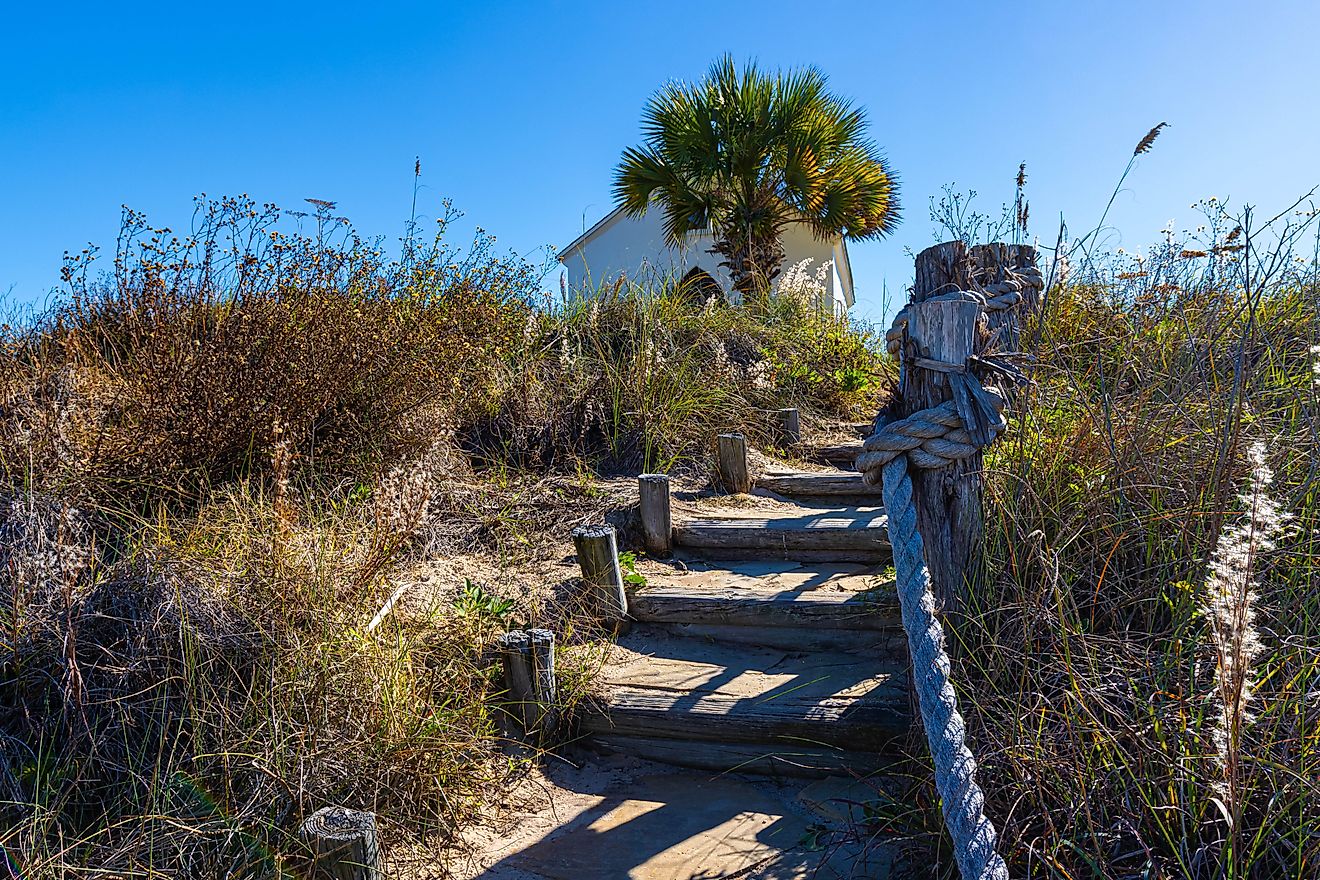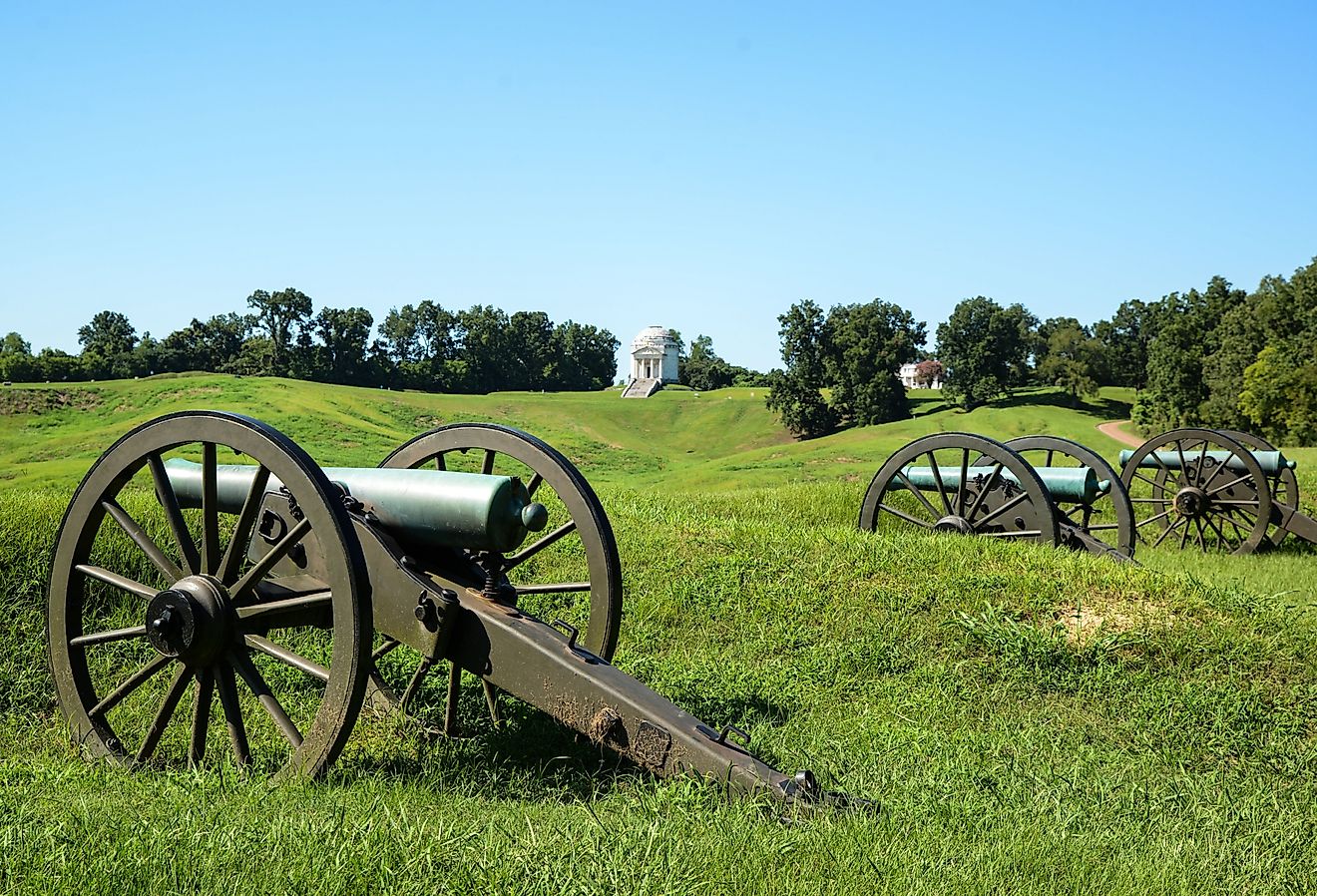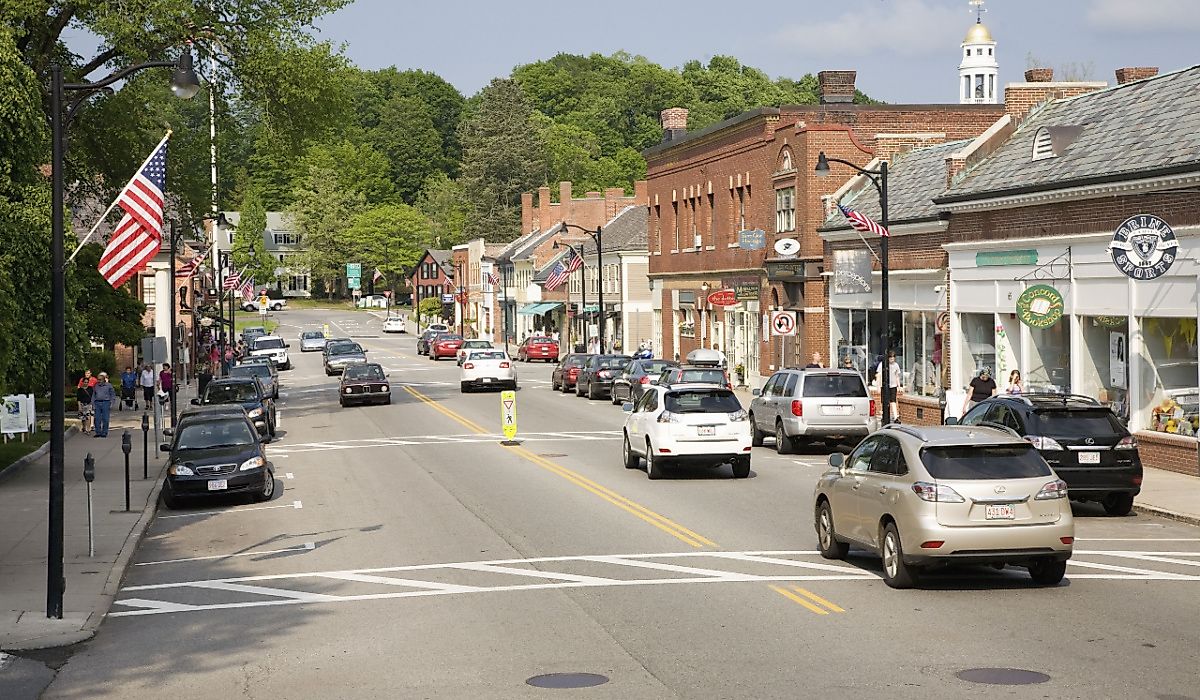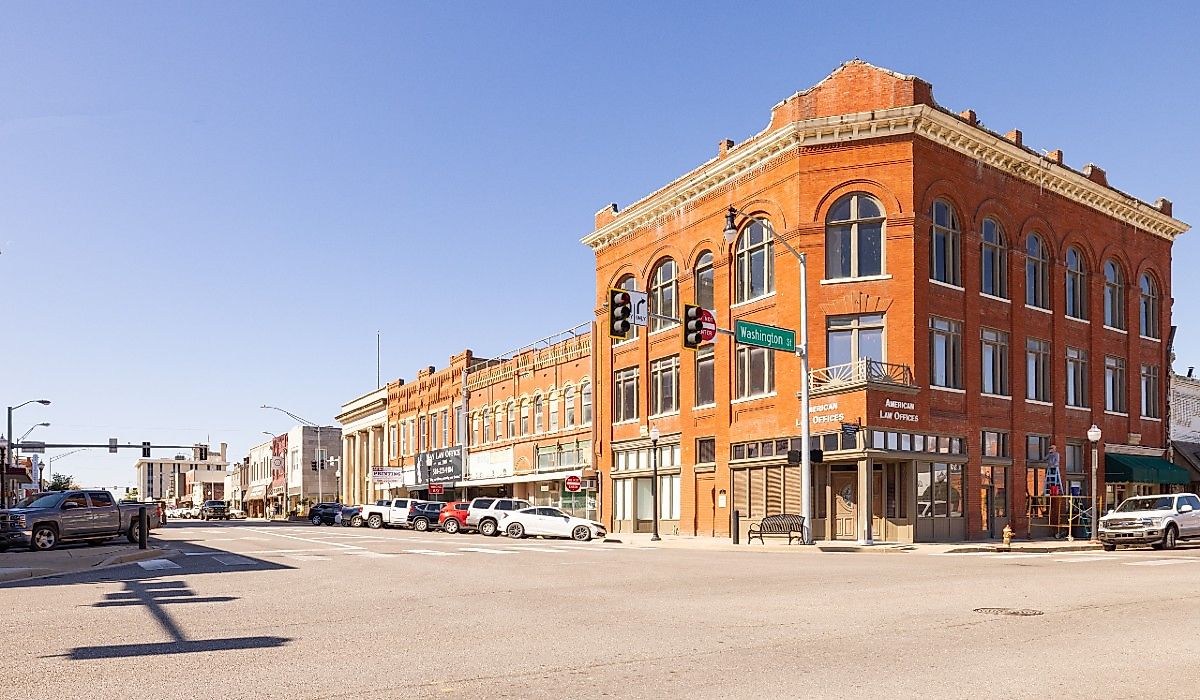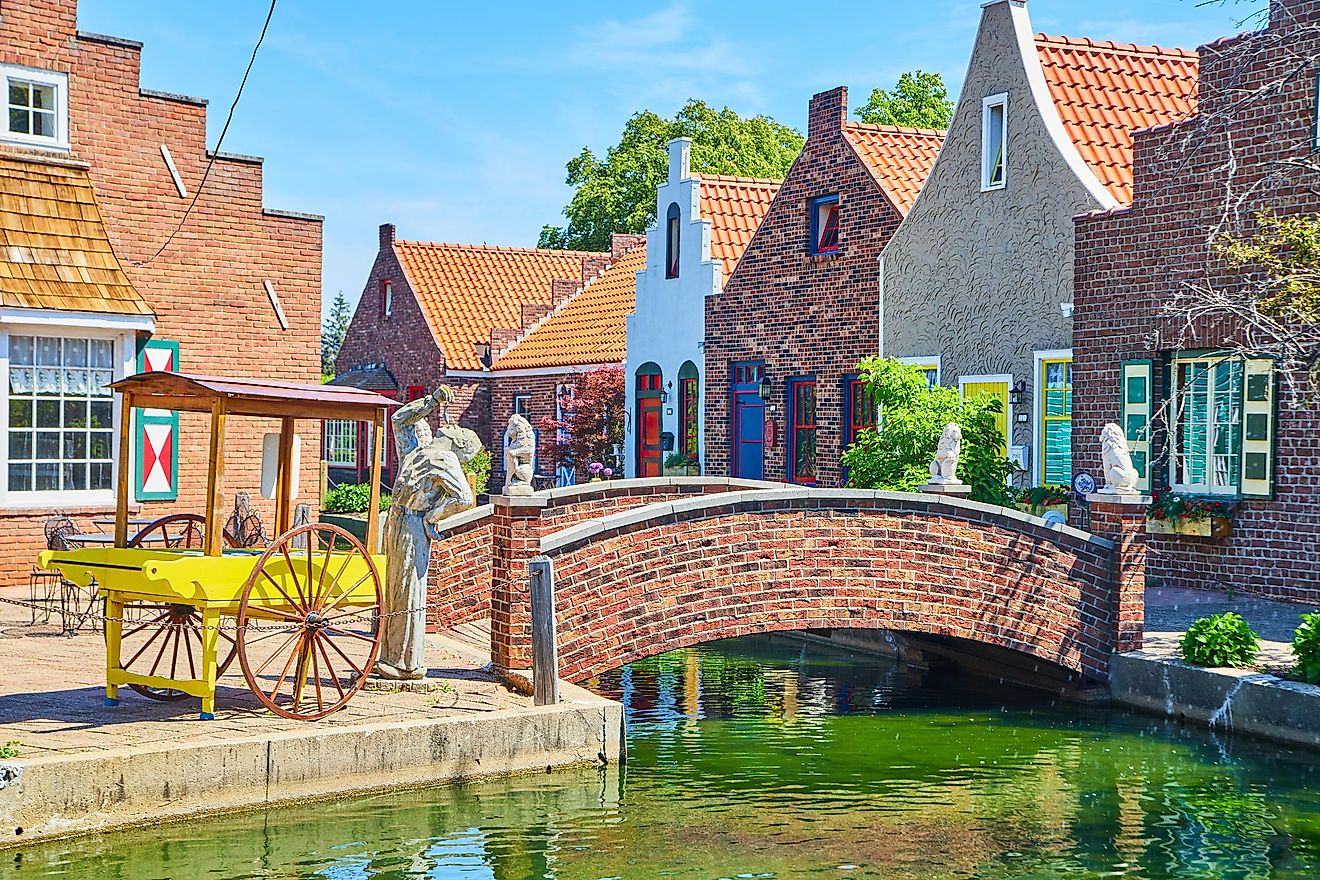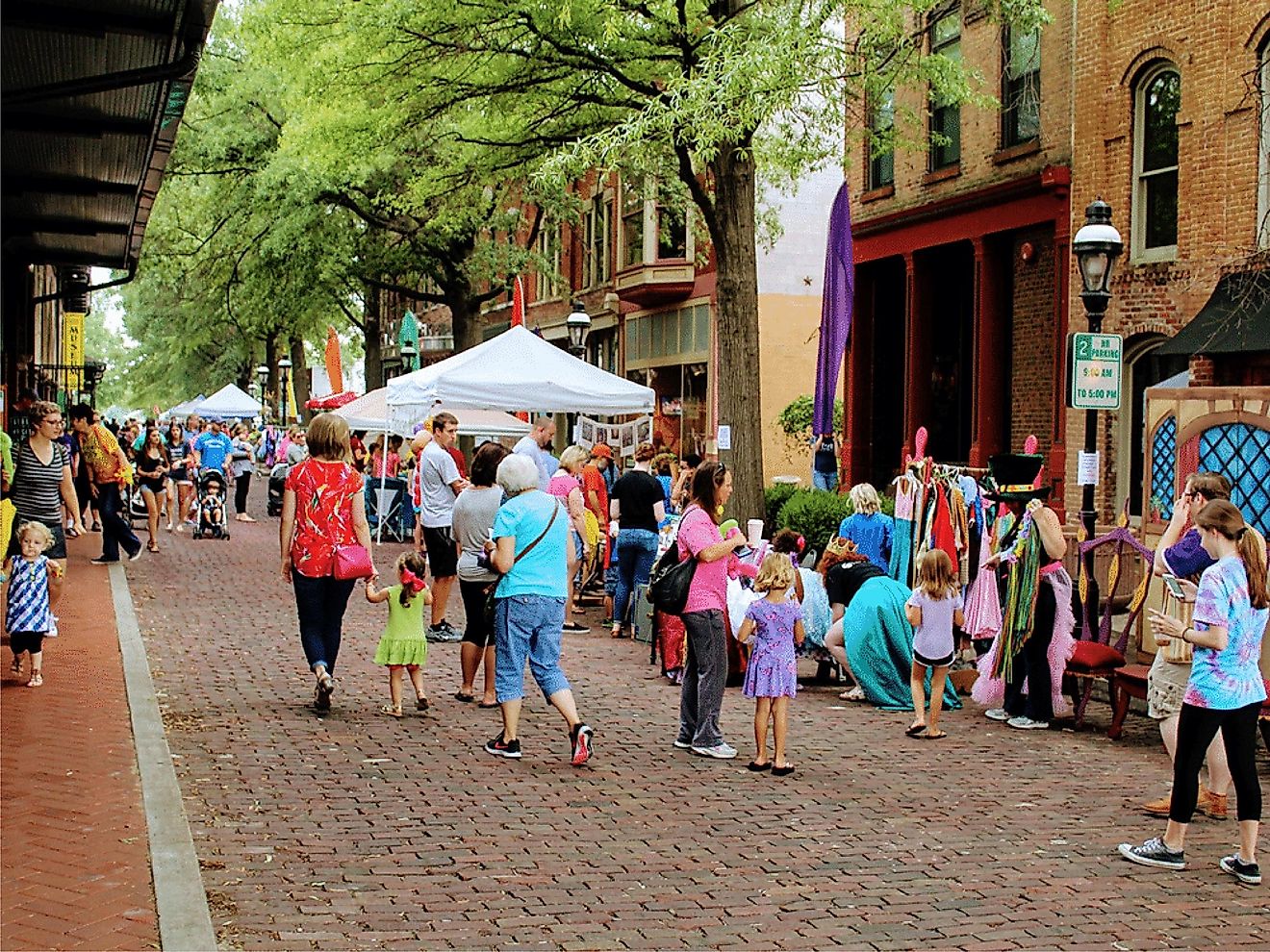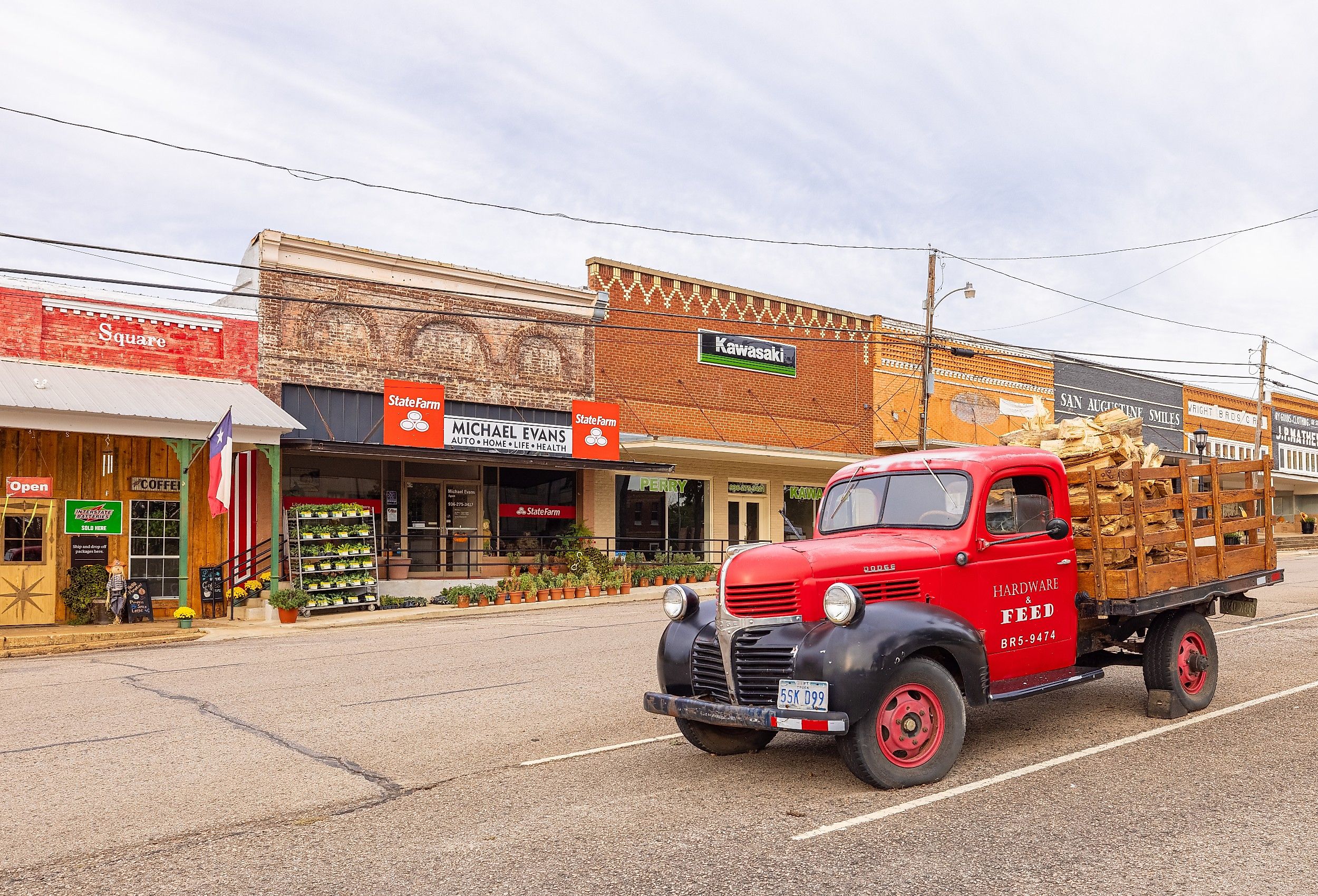
9 Oldest Founded Towns to Visit In Texas
The state of Texas took shape when Spanish missionaries traversed the wilderness, erecting missionaries, forts, and other basic, semi-permanent structures, beginning as early as the 16th century and gaining momentum through the 17th century. Populations grew considerably after the Revolutionary War and the War of Mexican Independence, and in 1836, the Republic of Texas became a nation unto itself. However, due to the ongoing and overwhelming battles with Mexican troops, Texas arranged to join the United States on December 29th, 1845. There is much more to the story of this unique geopolitical experiment, and the best way to become affiliated with the ins and outs is to explore some of its earliest settlements.
Presidio - 1535
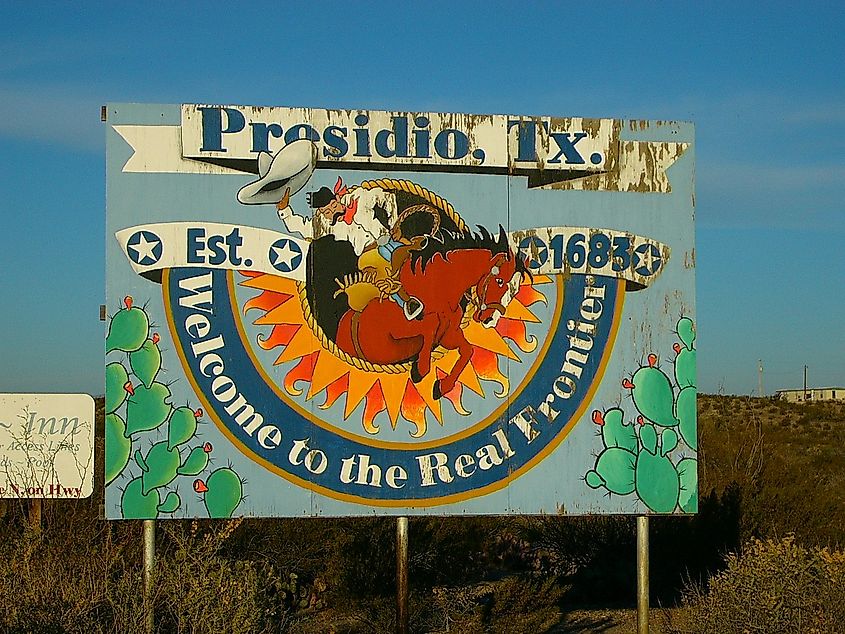
Identifying Texas's oldest locations can vary based on different criteria. Much like history itself, there are overlapping layers that often defy a straightforward chronological order. Among these, modern Presidio, located in the county of the same name near the Chihuahua, Mexico border, stands out prominently. It is not only the first European settlement founded in Texas—originally named La Junta De Las Cruces by the Spanish explorer Álvar Núñez Cabeza de Vaca in 1535—but also believed to host the oldest continuously cultivated farmland in the state. The Cochise culture utilized the abundant waters from the nearby Rio Grande and Rio Conchos rivers to support their corn crops since 1500 BC. Cabeza de Vaca took advantage of the indigenous pueblos to realize his own aspirations. The area changed ownership several times before being formally founded as Presidio in 1683.
Ysleta - 1680
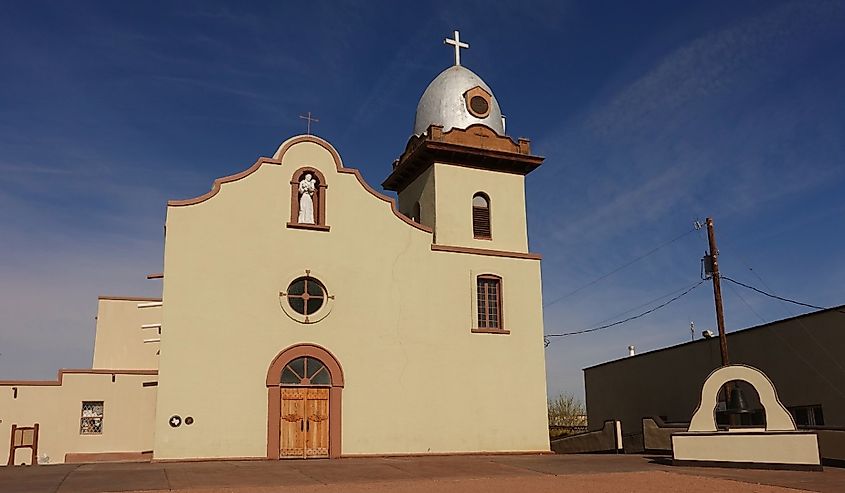
Over in the far reaches of Texas' Western wing, just a pinch East of El Paso (of which it is technically a part of) and Ciudad Juárez, Mexico, is the tiny community of Ysleta, considered by some to be the oldest town in Texas. Both Spaniards and Native Americans settled here in 1680, in modern-day El Paso County (which at the time was still part of Northern Mexico), after the New Mexico Pueblo Revolt. In the aftermath of the uprising of the indigenous Pueblo against the Spanish colonizers, the Tigua Indians resettled here, and have continuously occupied the region ever since.
In 1848, when the Rio Grande was officially marked as the Mexican boundary, Ysleta became a part of the United States. In 1889 Ysleta was declared a city, but then in 1955, it was annexed by El Paso (though Ysleta residents voted against the move). However, the Tiguas were recognized by the state and federal governments as a tribe in 1967 and have since developed on their reservation in the oldest part of Ysleta.
Nacogdoches - 1716
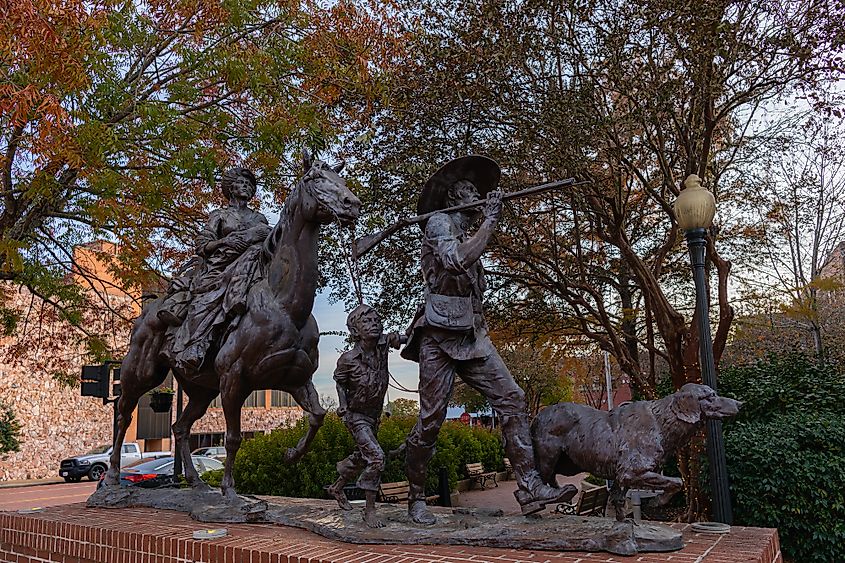
For the third oldest Texan community, bounce over to the Deep East region. The modern-day small city of Nacogdoches, in Nacogdoches County, claims to be "The Oldest Town in Texas," which may not be entirely true, but it does rightly set the stage for the historical significance of this place. As is true for the baseline tale of many places in America, the earliest evidence of habitation for what is now Nacogdoches goes back thousands of years, and belongs to the pre-European indigenous peoples, with the Caddo Indians (~800 CE) being the most well-known.
Since then, this area has had nine different flags planted in it along its long and rocky road. The Spaniards established the first New World presence in 1716, when they built a small mission. Later, in 1779, Nacogdoches, led by Don Antonio Gil Y’Barbo, was recognized as a pueblo (or "town") by the Spanish government.
San Augustine - 1717
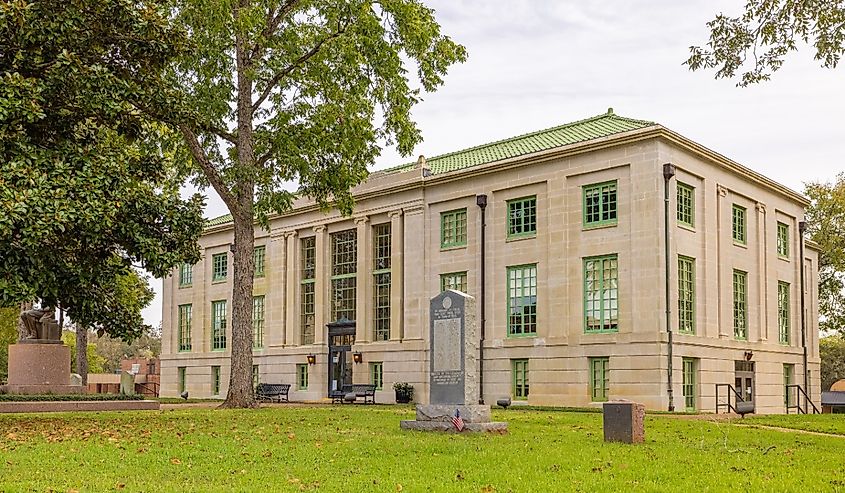
Just 35 miles east of Nacogdoches, the city of San Augustine began to take shape the following year. Though the first European visitors likely rolled through this part of East Texas in the 1540s (as part of the Moscoso expedition), Spanish missionaries were the first to erect their own structure: the Mission Nuestra Señora de los Dolores de los Ais, in 1717. Though abandoned just two years later (because of the threat of French invasion), it was re-established in 1721 and operated until 1773.
Today, you can visit it as the Mission Dolores State Historic Site. Though physical presence was established in the early 18th century, it was after the tensions with the French abated, roughly in 1779, that permanent settlement took place. The population also included members of the Kickapoo, Cherokee, Delaware, and Shawnee Indian tribes, who immigrated from surrounding states to what, at the time, was called the Ayish Bayou District. The town took its current name in 1832, which is thought to be in honor of St. Augustine of Hippo.
San Antonio - 1718
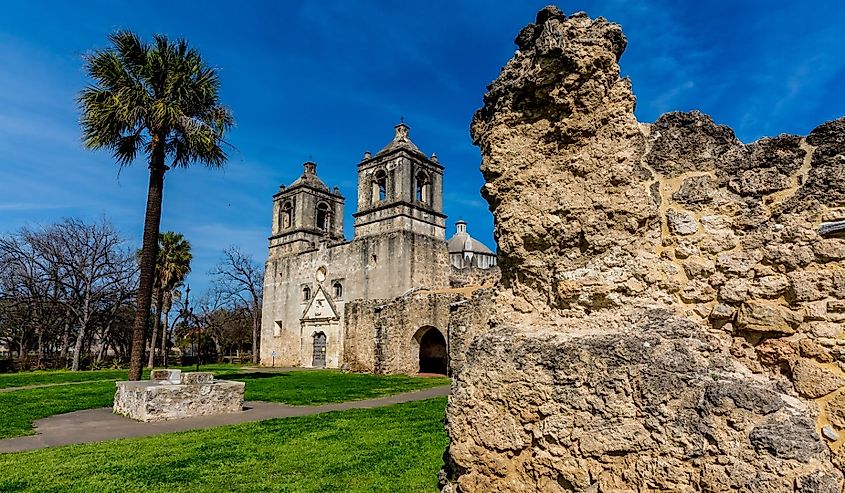
South-Central Texas' San Antonio is the second most populous city in the state, and one of the biggest in the country. But what is now a booming metropolis was once one of the first established towns in the region. The building of the Mission San Antonio de Valero (famously known by its later name, the Alamo) kicked off the action in 1718. San Antonio de Béxar, as it was originally known, was uniquely settled and formally founded in the same year. This site helped to bridge the gap between Missions established along the Rio Grande and those budding in the East. In 1837, this site, now officially renamed San Antonio, became the county seat of the Republic of Texas.
Austin - 1730
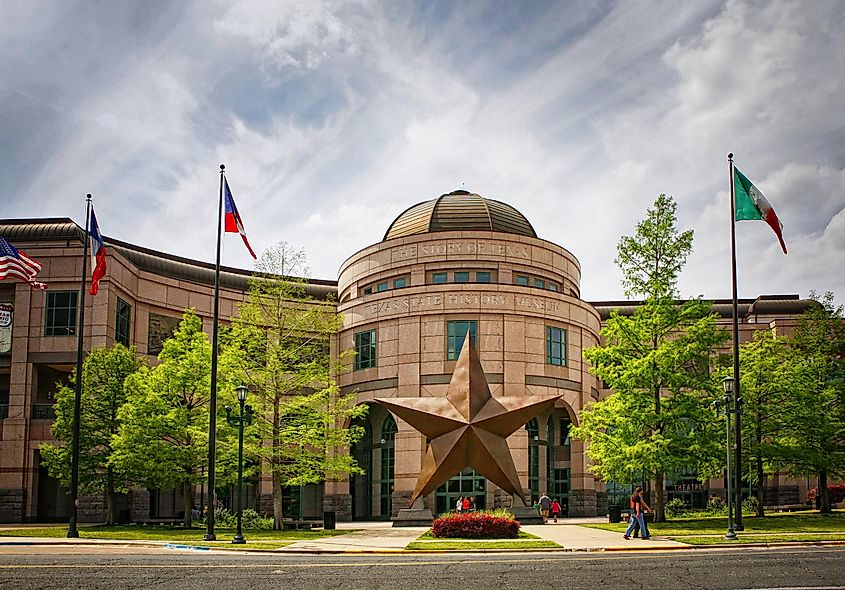
Approximately 80 miles Northeast of San Antonio, the current capital city was the next in the state's chronology settled. The eclectic and booming liberal enclave that is modern-day Austin can trace its roots to a Spanish mission built in approximately 1730. Prior to this, the wandering Tonkawa, Comanche, and Lipan Apache tribes traveled along this part of the Colorado River.
Over the subsequent decades, further temporary missions were built, but it was not until the 1830s when Anglo settlers laid down permanent roots in what was then called Waterloo. This village was deemed the capital of the Republic of Texas in 1839. Shortly thereafter, a new city was built in honor of Stephen F. Austin (i.e., "the father of Texas"), which is what Austin ultimately evolved from.
Goliad - 1749
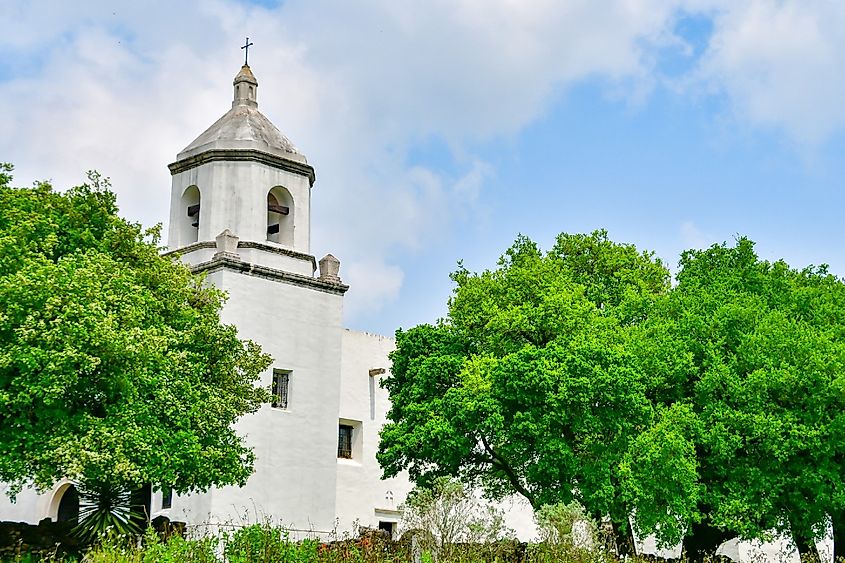
In 1749, at the behest of Spaniard José de Escandón, a mission and fort (presidio) were shifted from a site on the Guadalupe River down to a small settlement on the San Antonio River – then called Santa Dorotea. It was later named La Bahia, or Presidio La Bahia, before adopting its current designation in 1829.
Goliad is an anagram derived from Father Hidalgo (if the H is dropped, as is the custom in Spanish pronunciations), who played a key role in the Mexican independence movement. Goliad was the site of the bloodiest massacre of the Texan revolution, in which almost 350 rebels were killed by Mexican forces, nearly twice as many as the more famous battle at the Alamo.
Laredo - 1755
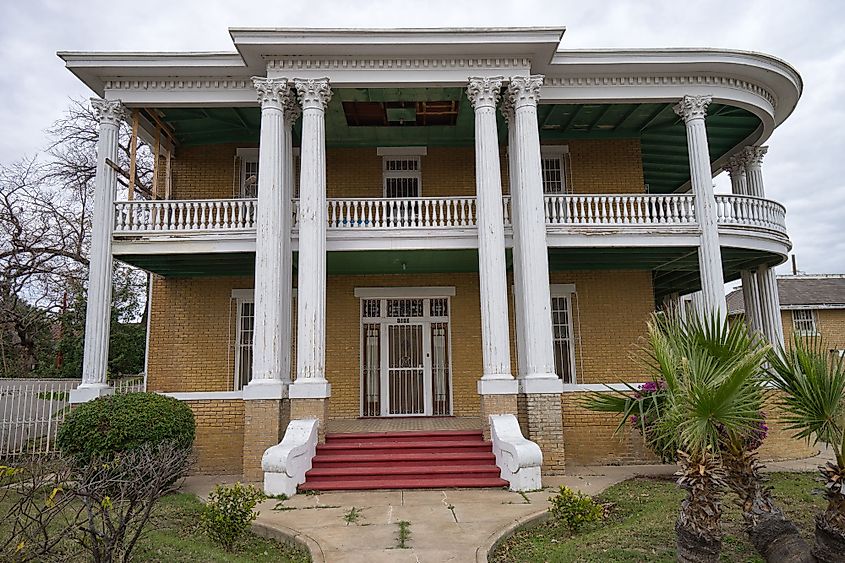
Laredo is a city in the far South of Texas, on the border with the Mexican state of Nuevo Leon. It marks yet another early Spanish development on the North bank of the Rio Grande River. It was established in 1755 by Tomás Sánchez de la Barrera y Garza on the permission of José de Escandón (i.e. the first governor of the colony of Nuevo Santander). Sánchez founded Laredo along with three other families, attempting at first to farm the region, but the lack of rain and inaccessibility of the surrounding land for irrigation thwarted this vision.
Instead, they turned to raising livestock. In 1767, Laredo was designated as a villa. Though no tribes had established prior camps in this area, the town was initially successful at luring Carrizo Indians to settle there. However, as the ranchers expanded, Comanche and Apache raids became a threat, leading to the building of a military garrison in 1775.
Port Isabel - 1770s
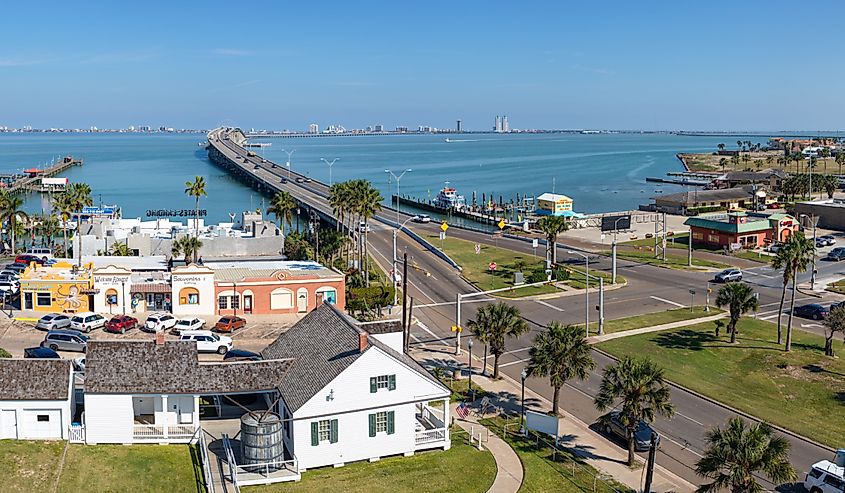
Where the Southern tip of Texas meets the Gulf of Mexico, Port Isabel arose. First settled in the 1770s as El Fronton de Santa Isabel, or simply "El Fronton," on Point Isabel, this fishing village became somewhat of a summer resort town in the late 18th and early 19th century. This allowed ranchers and their families to take refuge from the inland heat and instead enjoy the gulf breeze.
The Point Isabel region experienced several booming periods, including The Mexican War of 1846 to 1848, the California gold rush of 1848 to 1855, the establishment of the Rio Grande Railroad in 1872, and the expansion of commercial fishing in the 1880s and 1890s. In 1928, the town was further developed and renamed Port Isabel.
The Lone Star State experienced remarkable events over centuries, from the arrival of Spanish missionaries and other European settlers to its entry into the US Union. During this period, pioneers searched for suitable locations to settle in the Southern and Eastern regions, facing attacks along the way. These nine missions evolved into posts, then villages, villas, and in some instances, major cities, all starting with basic structures and a dream of a new home.
